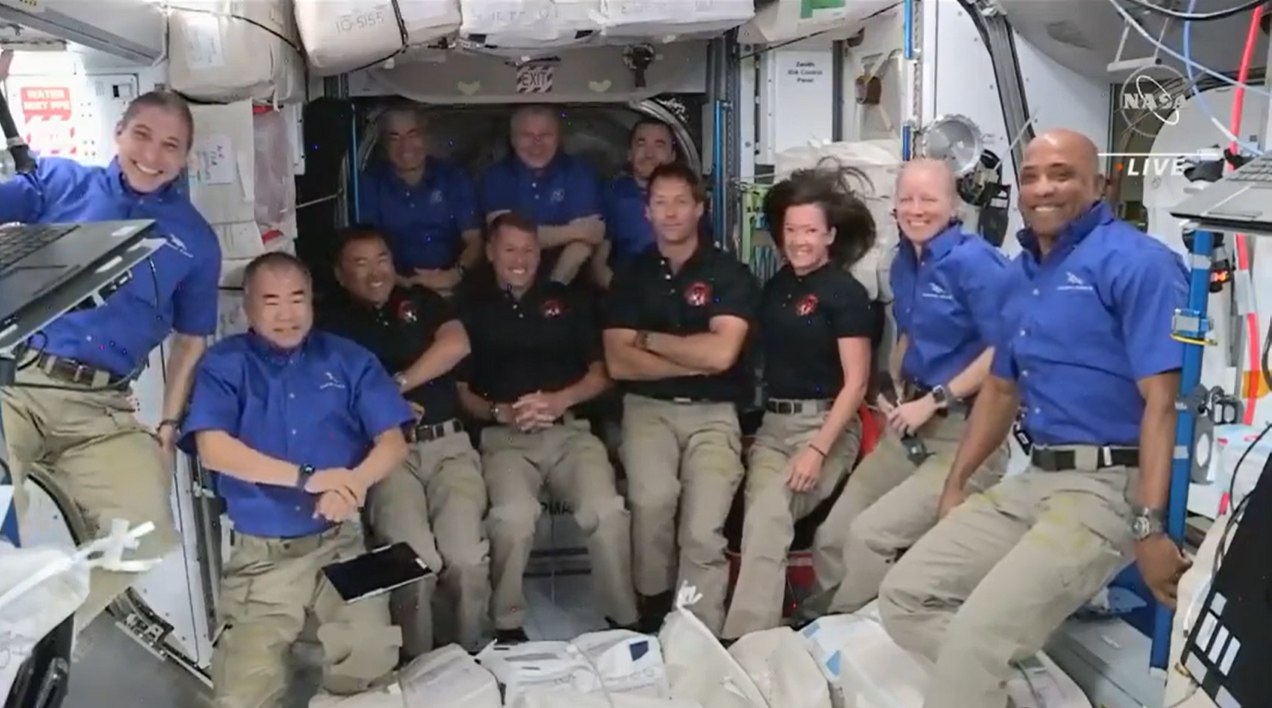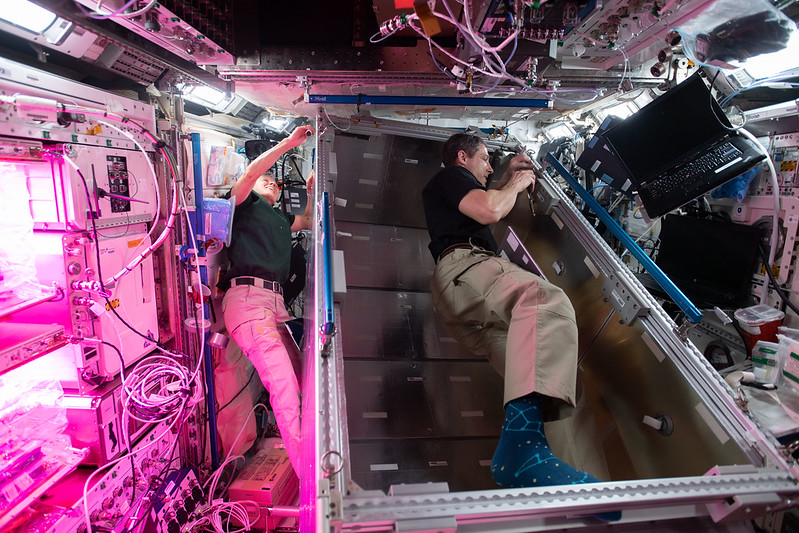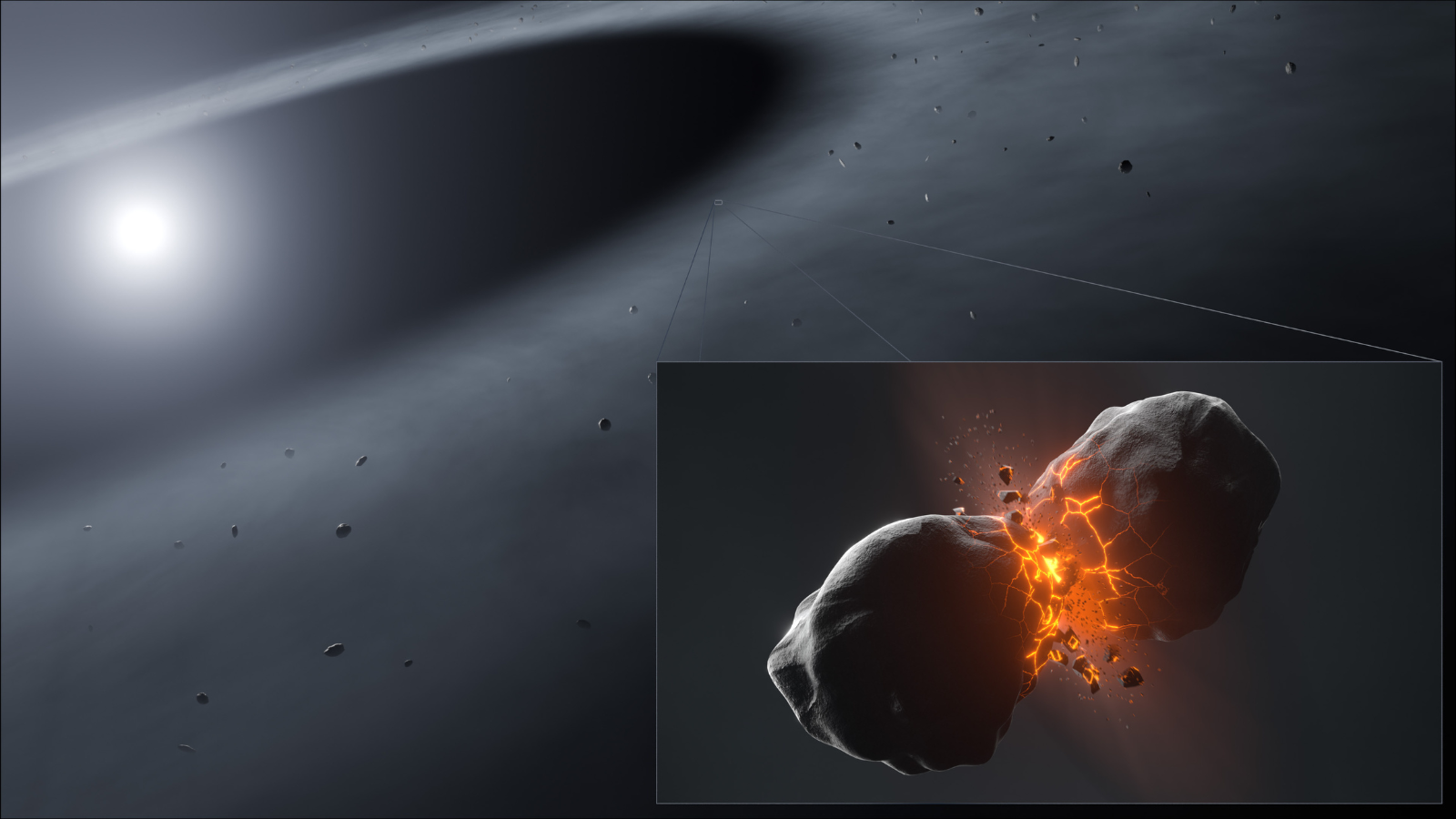With 11 people on space station, astronauts get crafty with sleeping spots
Some will be sleep in atypical beds over the next four days.

Astronauts aboard the International Space Station (ISS) have had to devise some creative sleeping arrangements, because the orbiting lab is a little crowded right now.
Four more spaceflyers arrived at the ISS this morning (April 24) via SpaceX's Crew-2 mission, bringing the total number of astronauts aboard the station to 11. That's a lot, considering the orbiting lab usually hosts six people at a time (though there have been as many as 13 crewmembers aboard at once).
Eight of the 11 astronauts came up on SpaceX Crew Dragon capsules — four apiece on Crew-2 and the Crew-1 mission, which launched last November. The Crew-1 quartet is set to return to Earth on Wednesday (April 28), so the current crowding is only temporary.
Related: SpaceX's Crew-2 astronaut mission for NASA: Live updates
The ISS's U.S. segment has four astronaut beds, but there are now nine people within this part of the station. So some astronauts will be camping out in temporary arrangements. For example, NASA's Mike Hopkins and Shane Kimbrough — commanders of Crew-1 and Crew-2, respectively — will sleep in their Crew Dragon capsules.
That leaves three astronauts without a bed, prompting a set of makeshift arrangements dubbed CASA — an acronym for "Crew Alternate Sleep Accommodation" that also happens to mean "house" in Spanish.
The Japan Aerospace Exploration Agency's (JAXA) Soichi Noguchi and fellow Crew-1 astronauts Shannon Walker and Victor Glover, both of NASA, will take the CASA beds. Noguchi will sleep in the astronaut gym, Walker will sleep in the Columbus module and Glover will rest in the airlock, NASA public affairs officer Marie Lewis said during the Crew-2 launch webcast on Friday (April 23).
Breaking space news, the latest updates on rocket launches, skywatching events and more!
The current ISS occupants are NASA astronauts Megan McArthur, Mark Vande Hei, Kimbrough, Hopkins, Walker and Glover; JAXA's Noguchi and Akihiko Hoshide; the European Space Agency's Thomas Pesquet; and cosmonauts Oleg Novitskiy and Pyotr Dubrov.
Follow Doris Elin Urrutia on Twitter @salazar_elin. Follow us on Twitter @Spacedotcom and on Facebook.

Doris is a science journalist and Space.com contributor. She received a B.A. in Sociology and Communications at Fordham University in New York City. Her first work was published in collaboration with London Mining Network, where her love of science writing was born. Her passion for astronomy started as a kid when she helped her sister build a model solar system in the Bronx. She got her first shot at astronomy writing as a Space.com editorial intern and continues to write about all things cosmic for the website. Doris has also written about microscopic plant life for Scientific American’s website and about whale calls for their print magazine. She has also written about ancient humans for Inverse, with stories ranging from how to recreate Pompeii’s cuisine to how to map the Polynesian expansion through genomics. She currently shares her home with two rabbits. Follow her on twitter at @salazar_elin.

